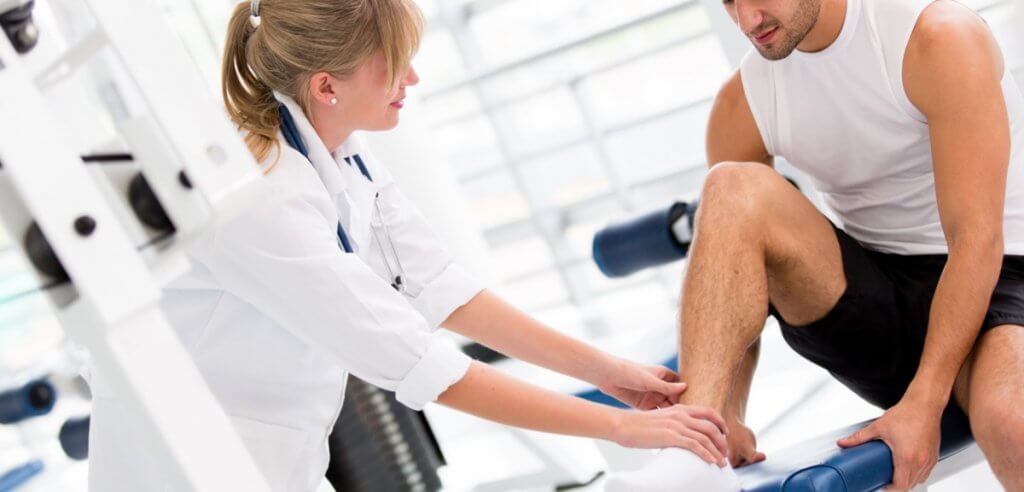
Anyone who plays sport throughout their lives is susceptible to suffering some kind of injury. Numerous scientific studies affirm that around 50% of sportsmen and women will suffer at some point in their lives some kind of injury related to the sport they practise in their routine.
This makes sense, as doing sport is healthy for the body, but it can also be an activity that causes some wear and tear on the body and ends up causing damage to some structure such as joints, tendons, muscles or ligaments.
How can you avoid injury during sport? Simple, by following a few easy tips: sleep at least 7 or 8 hours, reduce stress as much as possible, follow a balanced diet and drink enough water, socialise and disconnect, warm up before practising your sport, do stretching and mobility exercises, and go to your local sports physiotherapy centre to receive sports physiotherapy treatment.
This last piece of advice may be one of the most important, as your centre will help you analyse how your body is, how it moves, if it has decompensations and how to correct them, will give you advice for the day to day, will carry out tests to know the state of all the structures, will apply specific techniques that help to treat and recover the affected structures, etc.
The objective of sports physiotherapy will always be, first and foremost, to prevent and avoid the appearance of injuries. This is done by seeing a professional regularly to assess the tissues and treat them if necessary.
If, unfortunately, you have suffered an injury or discomfort that prevents you from carrying out that sporting activity freely, you should immediately go to a specialist in sports physiotherapy to carry out tests and draw up a specific treatment plan with very specific techniques such as: vertebral adjustments, sports-therapeutic massage, dry needling, neuromodulation, shock waves or osteopathic techniques. Each one will help to improve the state of the injury and help the patient recover from their discomfort, allowing them to return to their sport with complete freedom and confidence.


